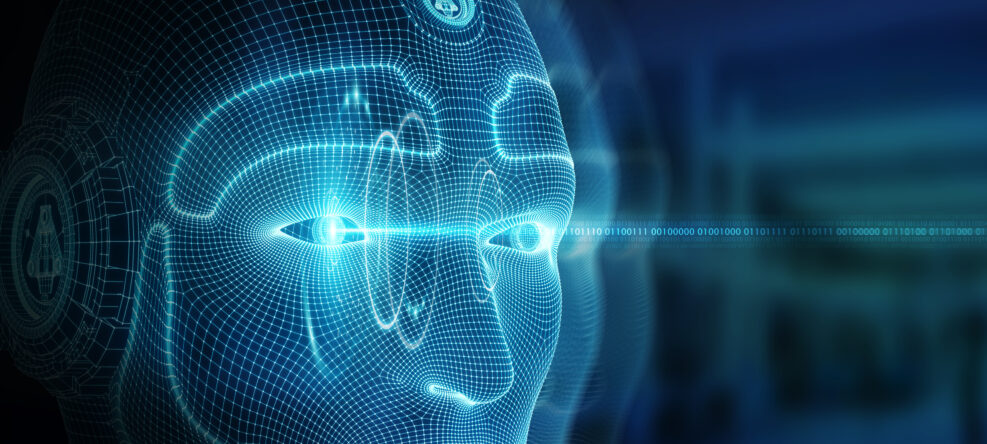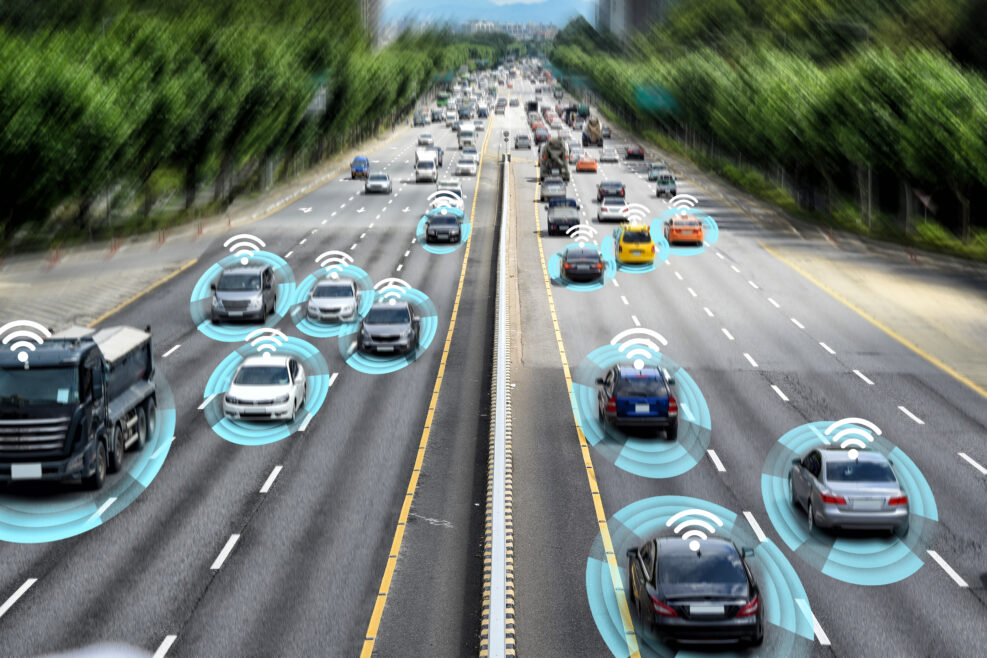
Computer Science Explains Why Communism Can’t Work
Successful communism is not only morally and practically flawed, it is mathematically impossibleCommunism has been the target of many criticisms. The strongest deal with the mismatch between central planning and individuals’ desires for their lives and with the horrific human rights record of communist nations. Some scholars place the toll in human life due to communism at above 100 million in the 20th century. Those are criticisms of the practicality and ethics of communism. But is it also intrinsically flawed at a fundamental mathematical level? It turns out that the answer is yes. The basic idea behind central planning is this: If the central government makes most decisions that, in a freer society, individuals or small communities would make for themselves, more efficiency will follow—and, as a result, more prosperity. It doesn’t Read More ›


















